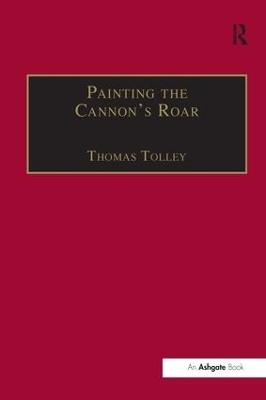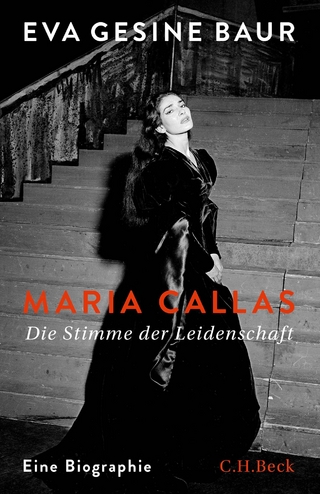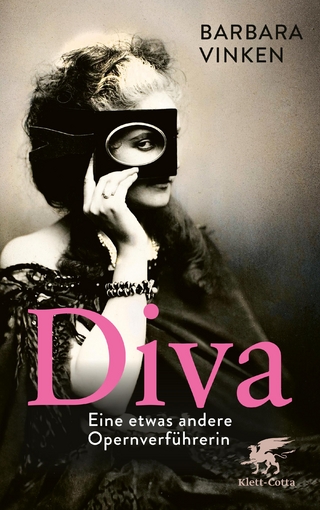
Painting the Cannon's Roar
Routledge (Verlag)
978-0-7546-0393-1 (ISBN)
From c.1750 to c.1810 the paths of music history and the history of painting converged with lasting consequences. The publication of Newton's Opticks at the start of the eighteenth century gave a 'scientific' basis to the analogy between sight and sound, allowing music and the visual arts to be defined more closely in relation to one another. This was also a period which witnessed the emergence of a larger and increasingly receptive audience for both music and the visual arts - an audience which potentially included all social strata. The development of this growing public and the commercial potential that it signified meant that for the first time it became possible for a contemporary artist to enjoy an international reputation. Nowhere is this better illustrated than in the career of Joseph Haydn. Although this phenomenon defies conventional modes of study, the book shows how musical pictorialism became a major creative force in popular culture. Haydn, the most popular living cultural personality of the period, proved to be the key figure in advancing the new relationship. The connections between the composer and his audiences and leading contemporary artists (including Tiepolo, Mengs, Kauffman, Goya, David, Messerschmidt, Loutherbourg, Canova, Copley, Fuseli, Reynolds, Gillray and West) are examined here for the first time. By the early nineteenth century, populism was beginning to be regarded with scepticism and disdain. Mozart was the modern Raphael, Beethoven the modern Michelangelo. Haydn, however, had no clear parallel in the accepted canon of Renaissance art. Yet his recognition that ordinary people had a desire to experience simultaneous aural and visual stimulation was not altogether lost, finding future exponents in Wagner and later still in the cinematic arts.
Thomas Tolley, University of Edinburgh, UK
Contents: Introduction: Painting and music at the crossroads: The Middle Ages and Renaissance; Newton’s Opticks; Harmony for ear and eye; The crossroads; Popularity, music and the visual arts: An international language; Musical biography: Carpani exploding the cannon; Vox Populi; Steps to Parnassus: ’How eye and ear are entranced’: Haydn and Esterházy patronage; Artaria & Compagnie: dealers in prints and music; Haydn and Goya; Talking pictures and moving images: the discourse on the visual arts in 18th-century opera: Sacrificing Iphigenia: Algarotti, Tiepolo and Vanloo; Gluck and the visual arts; Painting the cannon’s roar; Musical icons and the cult of Haydn: A public image; Updating the image; The reluctant sitter; Age and youth; The cult of Haydn; Physiognomy, phrenology and Frankenstein; Hero; Developing tastes: The culture of looking in England in the early 1790s: A visual education: Haydn as collector; A popular collection; Looking and listening in London; ’Picture after picture’: The Creation and The Seasons: Creating waves; ’Pictures for the ear’; Motion and the dynamics of light; Observing nature; Moving pictures; ’Last Judgement’: Evolutionary ends; Still courting popularity; Beyond the crossroads; Appendix: Haydn’s collection; Bibliography; Index.
| Erscheint lt. Verlag | 28.8.2001 |
|---|---|
| Verlagsort | London |
| Sprache | englisch |
| Maße | 156 x 234 mm |
| Gewicht | 1150 g |
| Themenwelt | Kunst / Musik / Theater ► Allgemeines / Lexika |
| Kunst / Musik / Theater ► Kunstgeschichte / Kunststile | |
| Kunst / Musik / Theater ► Musik ► Klassik / Oper / Musical | |
| Kunst / Musik / Theater ► Musik ► Musiktheorie / Musiklehre | |
| ISBN-10 | 0-7546-0393-8 / 0754603938 |
| ISBN-13 | 978-0-7546-0393-1 / 9780754603931 |
| Zustand | Neuware |
| Haben Sie eine Frage zum Produkt? |
aus dem Bereich


